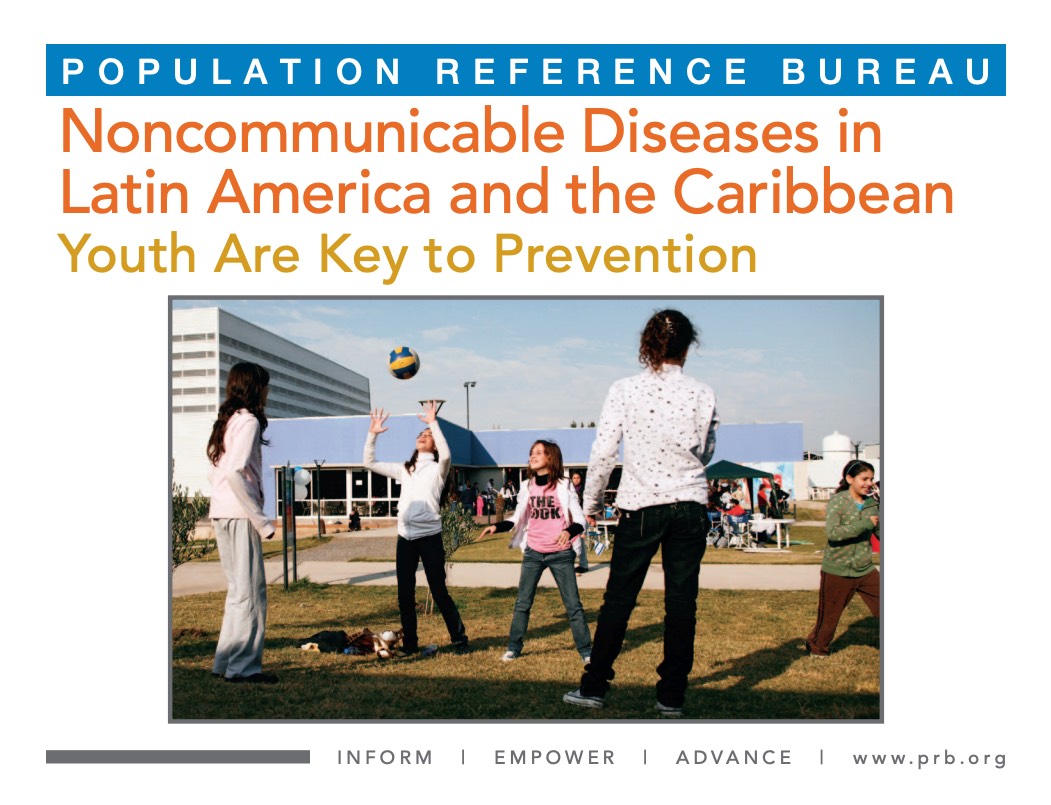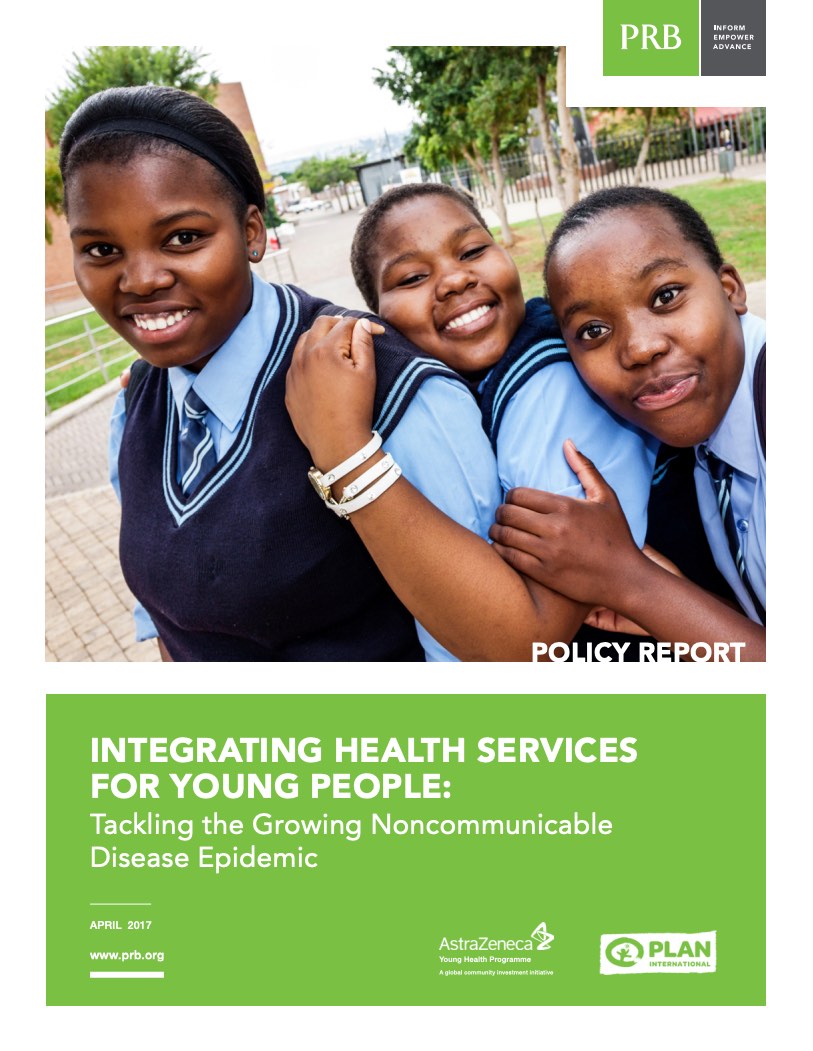PRB Discuss Online: A Call to Action: Increasing Global Investments in Youth
(2010) With almost half of the world's population under age 25, investments in young people are vital to improve economic and social outcomes and achieve the Millennium Development Goals (MDGs).


